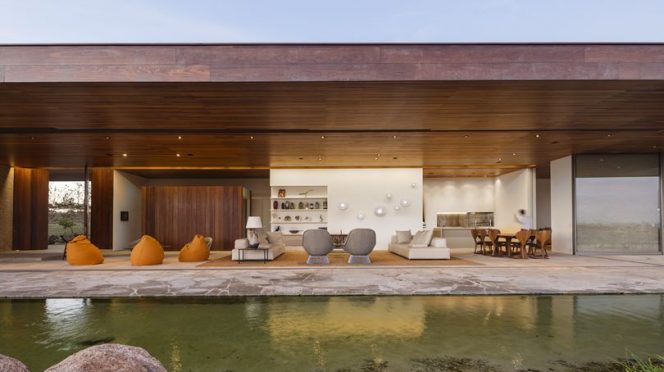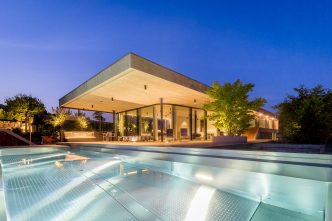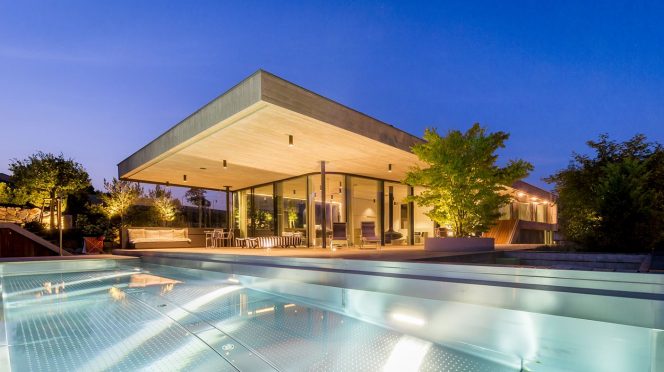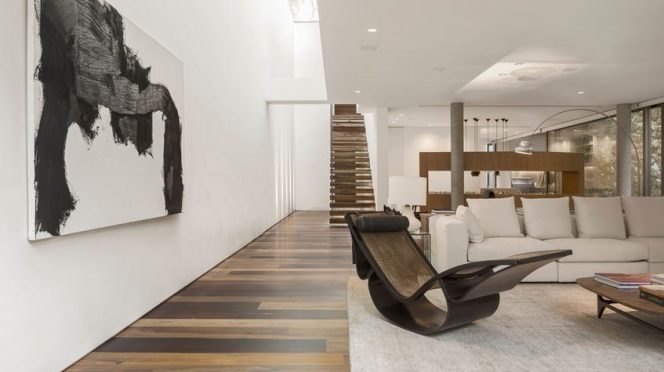Remembering Zaha Hadid, one of the world’s most famous and impactful architects.
Heydar Aliyev Cultural Center

Hadid won the London Design Museum’s Design of the Year award 2014 for this building in the capital of Azerbaijan, Baku. It is noted for its flowing, curved style that eschews sharp angles.
Vitra Fire Station

In 1981, a fire crippled the Vitra Design Campus, about a decade later Hadid was commissioned for the important role of ensuring that this never happened again and the Vitra Fire Station was built. Completed in 1993, this was Hadid’s first built project and with this small building she made her mark on the world of architecture. With the soaring planes of deconstructivisim and the interplay of space, void and line, Zaha Hadid has created what will be regarded as a pivotal structure in the career of a great architect.
Guangzhou Opera House

For decades, opera houses have been great representations of contemporary architectural style. From Paris to Sydney each one embodies unique elements of their age; the Guangzhou Opera House is no exception. Like great facets of crystaline rock, the opera house rises from the urban streets. The sharp, angular glass, steel and concrete hide the rippling interior. Like the hard wingcase of a beetle hides a tender body, so the exterior hides a soft inside. The glittering light of the ceiling and the acoustic design, make this site perfect for its purpose as a centre for opera.
Bridge Pavilion in Zaragoza

Constructed for the Expo 2008, the 280-metre building crossing the Ebro, and acted as the main entrance to the Expo site.
Phaeno Science Centre in Wolfsburg

The iceberg of architecture, Phaeno Science Centre is stunning and timeless. Few people can turn concrete, steel and glass into a ‘hypnotic work of architecture’, but Zaha Hadid has certainly accomplished this. The glacial windows and cool white concrete are captivating, but inside, a soaring latticework ceiling to the gallery and huge concrete columns give the space a monumental feeling shared by the great cathedrals of Europe. Perhaps this can be seen not as a church of religion, but a Cathedral of Science.
Riverside Museum in Glasgow
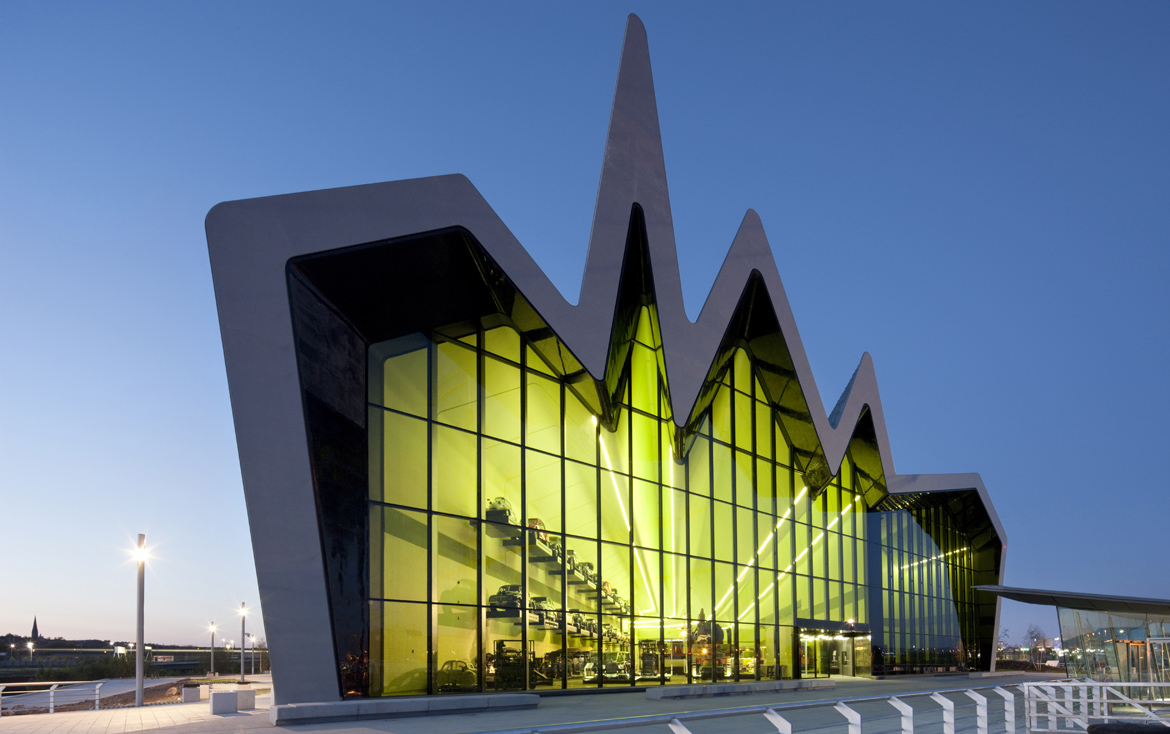
With 7,000 sq m of exhibition space, highlights inside this £74 million building include L.S. Lowry’s Cranes and Ships, Glasgow Docks. It was winner of the 2013 European Museum of the Year Award.
London Aquatics Centre
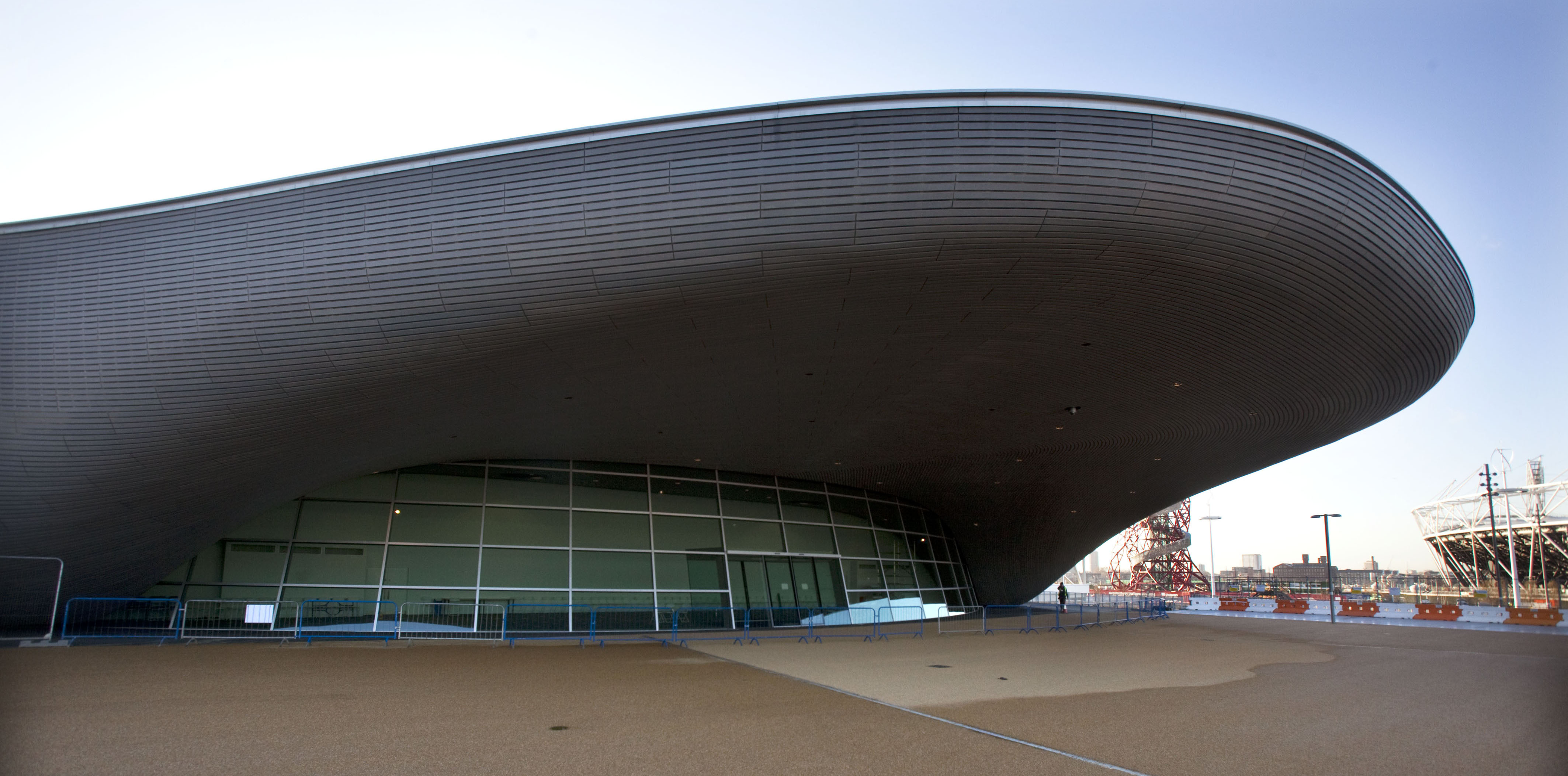
Built for the London Olympics, the facility includes two 50-metre swimming pools and a 25-metre diving pool. It is open to the public.
Sheikh Zayed Bridge in Abu Dhabi

An 842-metre bridge built at a cost of $300 million. Curved design “evokes the undulating dunes of the desert”.
MAXXI National Museum of the 21st Century Arts in Rome

MAXXI Natoinal Museum of the 21st Century Arts is a multifaceted space dedicated ‘to experimentation and innovation in the arts and architecture.’ In 2010, this building of overlapping tubular forms won the RIBA Stirling Prize for Architecture. Since then the Guardian has declared it ‘Hadid’s finest work built to date’. The curling tunnels, wide interior avenues and intersecting walk ways give the building an aesthetic rhythm rarely seen in architecture today.
Rosenthal Center for Contemporary Art in Cincinnati

Hadid’s first US project, described by New York Times architecture critic Herbert Muschamp as “the most important American building to be completed since the Cold War.”
BMW Central Building in Leipzig

The Central Building is the active nerve- centre or brain of the whole factory complex. All threads of the building’s activities gather together and branch out again from here.This planning strategy applies to the cycles and trajectories of people – workers (arriving in the morning and returning for lunch) and visitors – as well as for the cycle and progress of the production line which traverses this central point – departing and returning again.
Dongdaemun Design Plaza in Seoul

This powerful, curving structure is now a major landmark in Seoul, South Korea. An embodiment of Neo-Futurism, in many ways this is a sister to Glasgow’s Riverside Museum. Both take on flowing forms with dynamic lines of light and a distinct Hadid style. In contrast to Riverside, there are no sharp angles in Dongdaemun Design Plaza – soft, smooth curves only. At night, the building is lit up like Hokusai’s Great Wave, sparkling with pixelated light.




